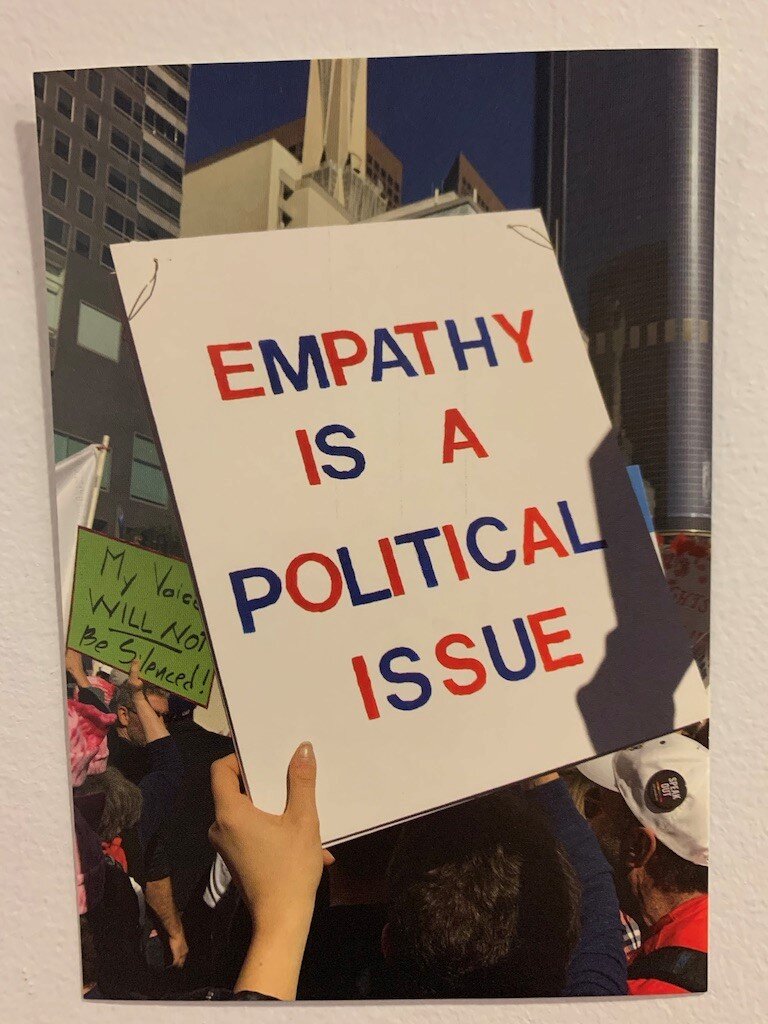Theoretical Windows and Conceptual Mirrors: Using Theoretical Frameworks to arm your Conceptual Framework (Part 3)
by William N. Thomas, IV
This guest post is by Dr. Thomas, who brings real-world insights to his research as a former K-12 school teacher. He shares his work in several contributions about current research dilemmas due to Covid-19 and the use of Sociocultural Conceptual Frameworks.
In the first quarter of 2021 we explored design steps. For March, the focus was on Designing an Ethical Study. We explored questions that extend beyond design of a specific study to include larger issues of social justice and the place of research in society.
I remember during my time as a middle school teacher introducing my students to narrative writing. I assumed at the time that this was mainly to engage the students in stories that were both familiar and meaningful to them. However, I later learned that this exercise was also an implicit process of data collection as a teacher, where the qualitative data that the students were sharing would be used to develop meaningful culturally responsive learning activities that would engage them in authentic tasks. These learning experiences I would curate, acted as both windows to other worlds and mirrors of their own potential. As a researcher, I also hoped to create these windows and mirrors for both myself as well as for those who are sharing their life narratives as contributors to the new body of knowledge. I also took this approach as it relates to my research frameworks, viewing my Conceptual Framework as my mirror and Theoretical Framework as my window.
In focusing my conceptual framework using a sociocultural lens, I felt it was important to clearly indicate specific moments of explicit interrogation of life events, particularly when it came to milestone decisions that could possibly be interpreted as altering one’s trajectory for teacher retention. I explored McAdams and McLean’s (2013) work on Narrative Identity Theory and attempted to use their approach of a selective reconstruction of autobiographical past to gain an accurate and meaningful understanding of the participants' decision to remain a teacher. However, it wasn’t enough to simply present the variables to specify the problem to be solved. The framework also needed a theoretical lens to offer a more rigorous blueprint for a methodology that is both humanizing to the participants but thorough in the collection and analysis of the data. In the construction of my theoretical framework, I chose to combine different theories that matched the concepts that I wanted to explore.
Critical Race Theory and More
My critical race inquiry as it relates to the complex experience of professional development for Black Male Teachers, seemed to align with Becker’s (1994) research on Human Capital Theory, particularly its power dynamics when intersected with a person’s self-motivation which is influenced by life experiences within a sociocultural lens. Human Capital opens up the conversation to relate power negotiations that Black Male Teachers might respond to based on their value as a teacher which coincides with their ability to acquire professional training and certification credentials. I pose the question: Do Black Male Teachers prioritize their Human Capital over their own Self-motivation to want to support the growth of students? This led me to probing what Self-motivation truly meant in this context. Ryan and Deci(2018) propose the Self-Determination Theory, that divides motivation into two primary strands: Autonomous motivation, referring to intrinsic drives that may be motivated by contextual convenience, autonomy or identified interest and Controlled motivation that is characterized by both external regulations of punishment and reward as well as introjected regulations that pressure an individual to take-on an identity that doesn’t align with their personal beliefs or values. This theory stamped the final element of my theoretical framework that would create a proven rationale for the variables under investigation. The original sociocultural lens would also be adopted in the theoretical framework to offer alignment with the life narrative investigation particularly during the period when the participants were young males of color.
Creating a Relevant Framework
Creating a theoretical framework that aligns with your conceptual framework allows the research to both have a map for discovery as well as an infrastructure for analysis that will explicitly align with the qualitative variables under consideration. This ensured that the codes that I would use to identify themes were grounded in the language of the theory and unpacked the mysteries of the conceptual framework. The codes shown indicate the interrogation of both autonomous motivation as it relates to the participants sociocultural interactions as well as controlled motivation within the context of external influences on human capital decisions. It was important to allow these codes to be multi-layered in addition to having themes within parent codes. This allowed for the ability to make intersectional connections and integrated conclusions about major factors that might have impacted a participant's decision to remain a teacher.
Aligned theoretical frameworks push research studies to be focused on the variables of the problem with theoretical artillery as reinforcement for both coding and analysis. It protects the validity of how and why you are investigating the topic and pushes a more structured intersectional analysis (Edwards & Esposito, 2020) where the rigor of the methods yield authenticity and rich qualitative conclusions as well as social justice implications for further study
References
Becker, G. S. (1994). Human Capital: A Theoretical and Empirical Analysis, with Special Reference to Education, 3rd Edition (3rd ed.). University of Chicago Press.
Edwards, E. B., & Esposito, J. (2020). Intersectional Analysis as a Method to Analyze Popular Culture: Clarity in the Matrix (Futures of Data Analysis in Qualitative Research) (1st ed.). Routledge.
McAdams, D. P., & McLean, K. C. (2013). Narrative Identity. Current Directions in Psychological Science, 22(3), 233–238. https://doi.org/10.1177/0963721413475622
Ryan, R. M., & Deci, E. L. (2018). Self-Determination Theory: Basic Psychological Needs in Motivation, Development, and Wellness (1st ed.). The Guilford Press.

























Conditions in the world are changing, so researchers need to be responsive to participants. Find a practical, thoughtful post from Dr. Sharon Ravitch.